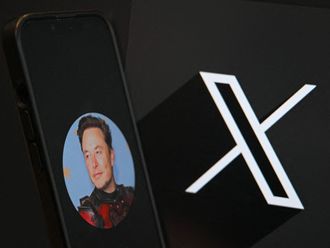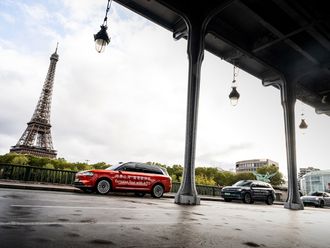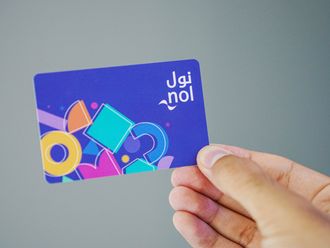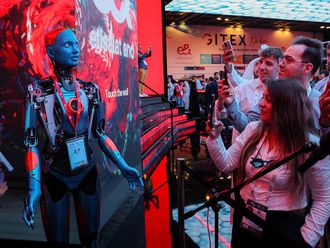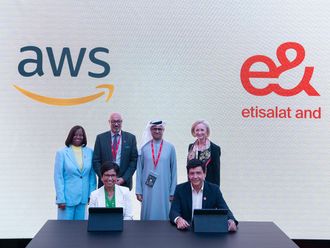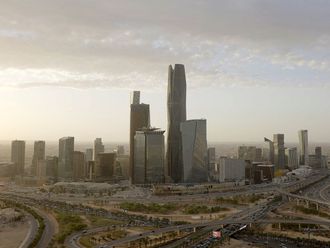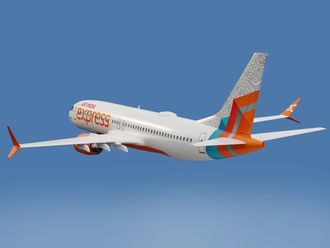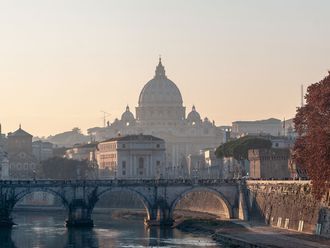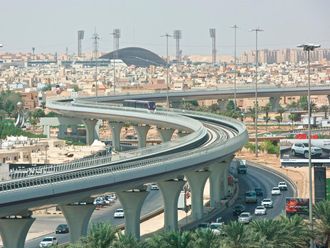Tehran: Mustafa Farahmand, who oversees sales at a car dealer in Teh-ran, hasn't replenished his stock of Porsche, BMW and Mercedes-Benz models for months because neither he nor his customers can pay for them.
Demand for European and Asian cars has plunged as sanctions imposed by the US and the European Union on Iran restrict access to foreign currency, making the vehicles hard to come by and raising prices beyond the means of most Iranians. "We haven't imported for about four months," said Farahmand, the sales chief at Negaheshahin in the Iranian capital, which has 35 cars on display, including Korean and Japanese models. "With the current status of foreign currency, it ends up being too expensive." Mahmoud Ahmadinejad's government has restricted currency exchanges to prevent a flight of capital after sanctions were imposed in an effort to curb the Islamic republic's nuclear programme. This forces dealers to buy a dollar for 18,900 riyals (Dh5.6) on the open market, a 65 per cent premium over the official rate, Farahmand said. Inflation and waits of as much as three months to clear customs heighten the risk of importing autos, he said.
Modern conveniences
Iran has long had a culture featuring modern conveniences, including cars. Fuelled by oil revenues, the streets in Iran's major cities are filled with vehicles and, in Tehran, it's not unusual to see cars from Europe and Asia. But prices of imported cars have risen about 20 per cent in two months and sales dropped by a similar rate over the past year, said Farahmand.
A Lexus RX350 sport-utility vehicle is priced at 1.85 billion riyals, compared with 1.6 billion riyals last year, he said at his store on a bustling street corner in Tehran. The same model starts at $39,075 (Dh143,495) in the US.
The price of a BMW X6 SUV climbed to 3.5 billion rials from 3.2 billion rials last month.
The price surge comes after Iranians sold riyals and bought gold and hard currencies to protect savings.
In a bid to stabilise the riyal, Iran's central bank in January devalued its peg against the dollar by 8.5 per cent. After failing to halt the decline, the central bank allowed trading at rates set by the market on March 18.
Masoud, a car dealer at a store in downtown Tehran that showcases Mercedes, BMW and Lexus models, sells at most two cars a month. Sales are down 25 per cent from last year.
Korean and Japanese cars have also been hit by tighter foreign exchange controls, with prices rising 30 per cent to 40 per cent. Tariffs and taxes also more than double the price of imported cars, he said, declining to give his full name on concerns of being penalised for speaking to foreign media.
"People's purchasing power is decreasing, and there is stagflation," said Masoud, referring to Iran's slow growth and an inflation rate that has been about 20 per cent since May. Iranians are investing in foreign currencies or assets linked to them and not buying cars, he said.
The drop in demand for imported vehicles might boost Iran's own auto industry. The country produced 1.65 million cars and trucks last year, more than twice as many as Italy, home of Fiat, according to data from the International Organisation of Motor Vehicle Manufacturers.
Iran Khodro, the biggest Iranian automaker, assembles vehicles for other brands, including the Suzuki Grand Vitara compact SUV and Peugeot 206 hatchback, and builds its own models. European manufacturers Peugeot Citroen and Renault supply spare parts to Iran Khodro and SAIPA, the country's second-largest producer.
Iranian carmakers are affected by the sanctions as well, as restrictions on foreign exchange hurt their ability to finance component purchases. That's pushing Iran Khodro and SAIPA to develop more vehicles on their own rather than rely on foreign technology.
"They are developing more and more local cars, and they are getting better at making cars," said Pierluigi Bellini, an analyst with IHS Automotive in Milan, Italy.


